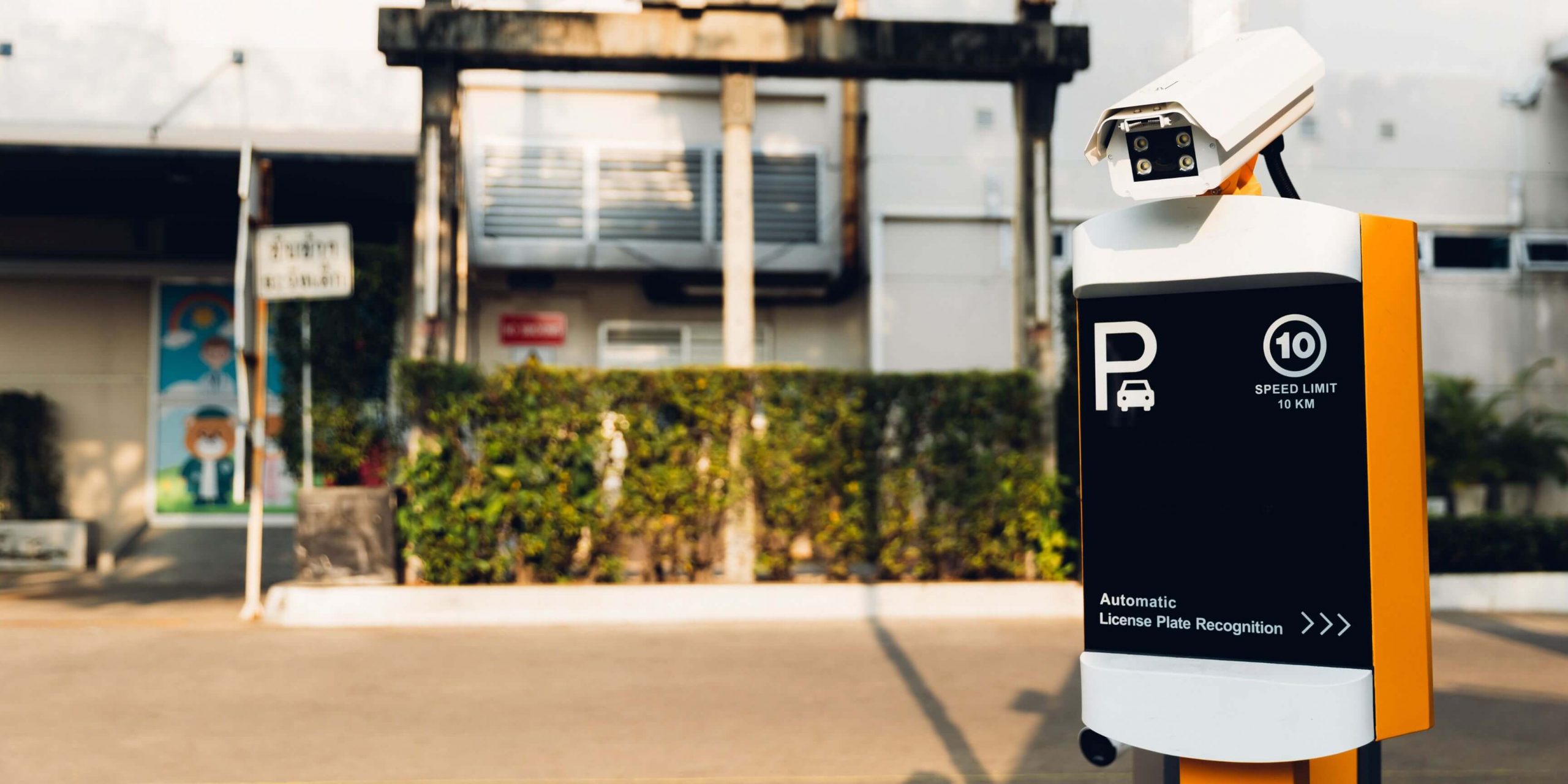Advancements in video security have significantly empowered security personnel, law enforcement, and business owners with better threat detection and response capabilities. Among these technologies, license plate reader (LPR) cameras stand out for their ability to capture and analyze vehicle license plate information, aiding in the identification of suspicious vehicles. These cameras are a game-changer for commercial, legal, and residential security efforts, providing a powerful tool for efficient resource utilization.
Understanding License Plate Reader Cameras
LPR cameras specialize in detecting, analyzing, and recording license plate information, typically installed in areas like parking lots and private roads. They utilize Optical Character Recognition (OCR) to convert images into legible text, often employing AI and machine learning for enhanced accuracy. This functionality is crucial for identifying suspicious vehicles across various settings.
Explore AI-powered LPR Cameras
- High-quality vehicle footage capture
- Secure watchlist creation and importation
- Alert notifications for specific license plates
- Vehicle analytics for operational optimization
- Automated plate-based parking enforcement
Types of LPR Cameras
- LPR Cameras: Capture and analyze license plate data with AI and database search capabilities.
- License Plate Capture Cameras: Primarily capture information without additional analytical tools.
- IP LPR Cameras: Offer remote data access and system integration over the internet.
- Automatic LPR Cameras: Typically, all modern LPR cameras are automatic, capturing and analyzing data without manual intervention.
- Handheld Tag Reader Cameras: Portable devices used by law enforcement for on-the-spot checks.
LPR Cameras in Action
LPR technology finds applications in various scenarios, including:
- Parking Monitoring: Manages parking spaces and enforces regulations with real-time data.
- Commercial Real Estate: Enhances security through gate access control linked to license plate data.
- Retail Businesses: Integrates into loyalty programs and curbside pickup operations for enhanced customer service.
- Gated Communities: Controls access to ensure entry is limited to registered vehicles.
- Law Enforcement: Supports crime prevention and investigation by tracking vehicle movements.
Choosing an LPR Camera
When selecting an LPR camera, consider:
- Playback Features: Multi-camera playback for comprehensive monitoring.
- Analytical Abilities: AI software for detailed analysis and image enhancement.
- Search Functionality: Easy access to stored license plate data for quick reference.
- Camera Hardware: Opt for high-resolution and long-range cameras for clear imagery.
- Integration Capabilities: Choose systems that can seamlessly integrate with existing security setups.
Installation Best Practices
Effective LPR camera installation requires attention to:
- Location: Install in high-traffic areas where vehicles naturally slow down.
- Dimensions: Mount cameras at the optimal height and angle for clear image capture.
- Settings: Adjust camera settings for maximum clarity and accuracy.
- Maintenance: Ensure cameras are accessible for maintenance yet protected against vandalism.
Conclusion
LPR cameras offer a sophisticated solution for enhancing security measures, from access control to parking management and crime investigation. With strategic implementation and integration with Maxxess Systems’ eFusion, LPR technology can significantly improve security operations and the customer experience across various sectors.

